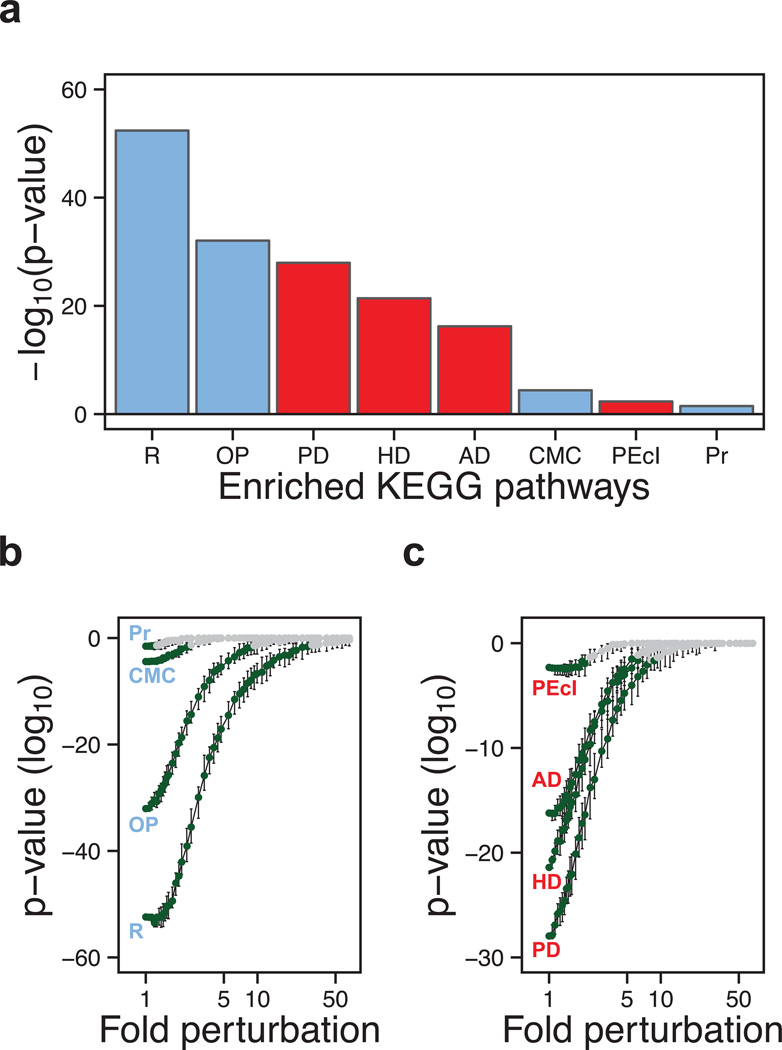Figure 3. Biochemical processes associated with neurodegenerative diseases are highly enriched in supersaturated proteins.
(a) List of the KEGG pathways (Kanehisa et al., 2010) identified here as significantly enriched (Bonferroni-corrected p-values) in proteins at or above the 95th percentile of supersaturation (σu): (R) ribosome, (OP) oxidative phosphorylation, (PD) Parkinson’s disease, (HD) Huntington’s disease, (AD) Alzheimer’s disease, (CMC) cardiac muscle contraction, (PEcI) pathogenic E. coli infection, (Pr) proteasome; physiological and pathological pathways are shown in blue and red, respectively. (b,c) Test of the robustness of the significance of the enrichment of the KEGG pathways according to their supersaturation scores. Gaussian noise was introduced 100 independent times into the proteome scores at 50 different levels and plotted (1× = no noise) for: (b) physiological pathways, which are robust up to 28× (R), 8.8× (OP), 2.3× (CMC) and 1.2× (Pr), and (c) pathological pathways, which are robust up to 8.2× (PD), 6.2× (HD), 5.5× (AD) and 2.1× (PEcI). Error bars indicate interquartile ranges, green points indicate error levels below the p=0.05 significance (red dashed line) by the Wilcoxon/Mann-Whitney U test.

